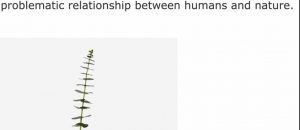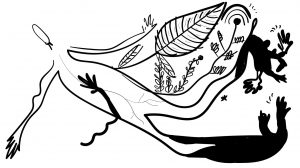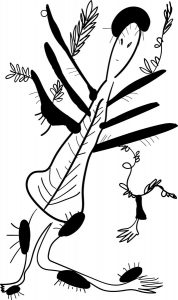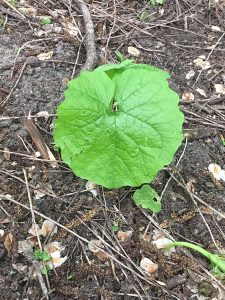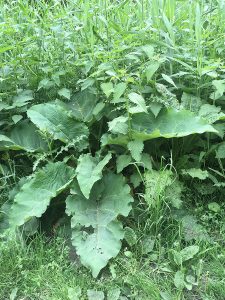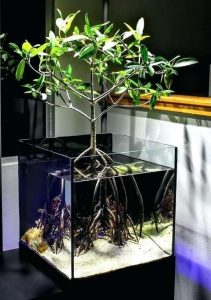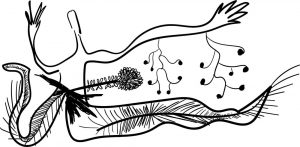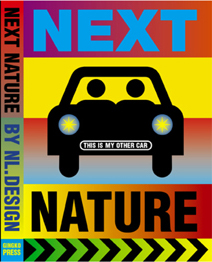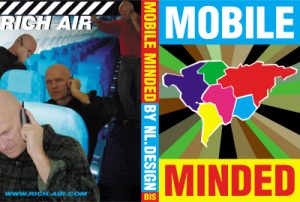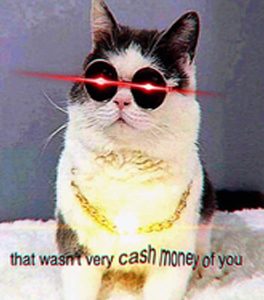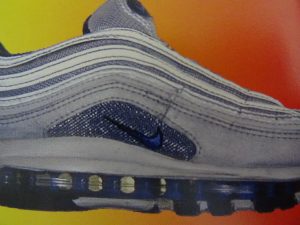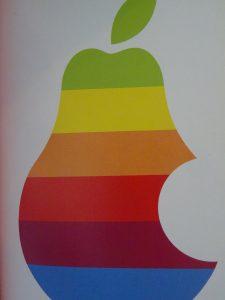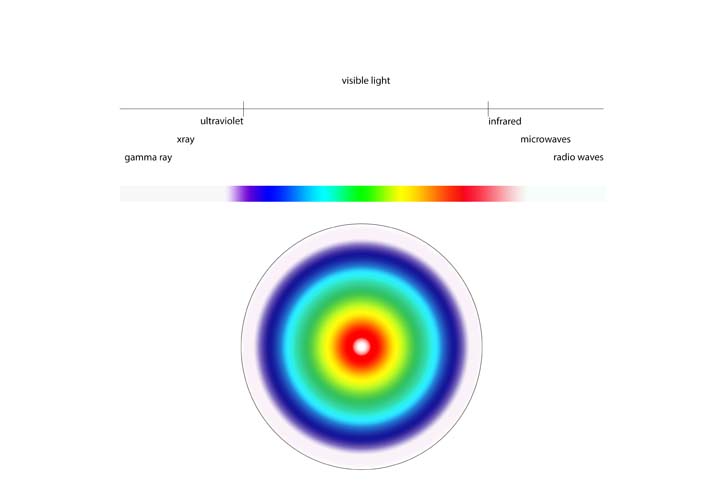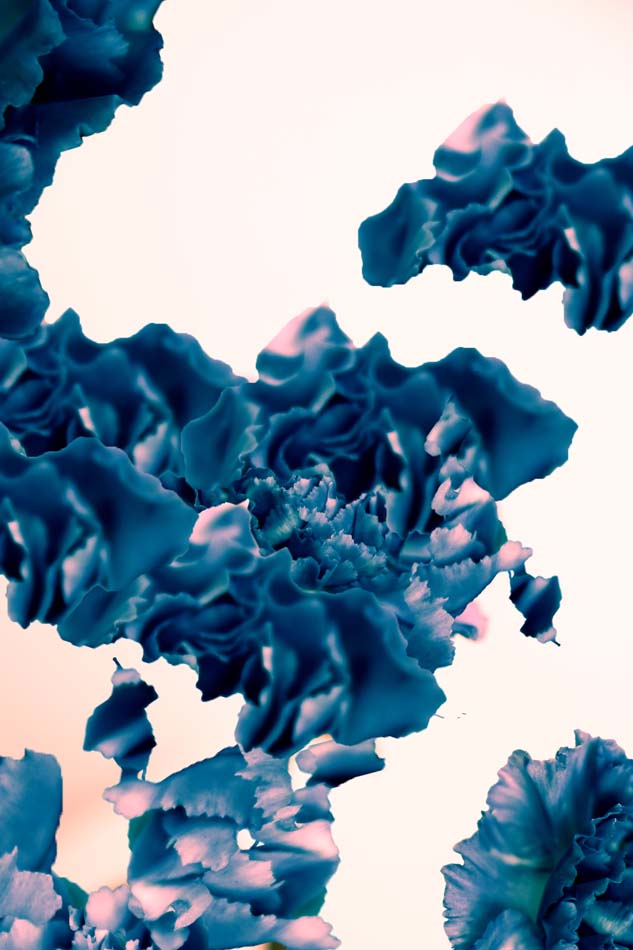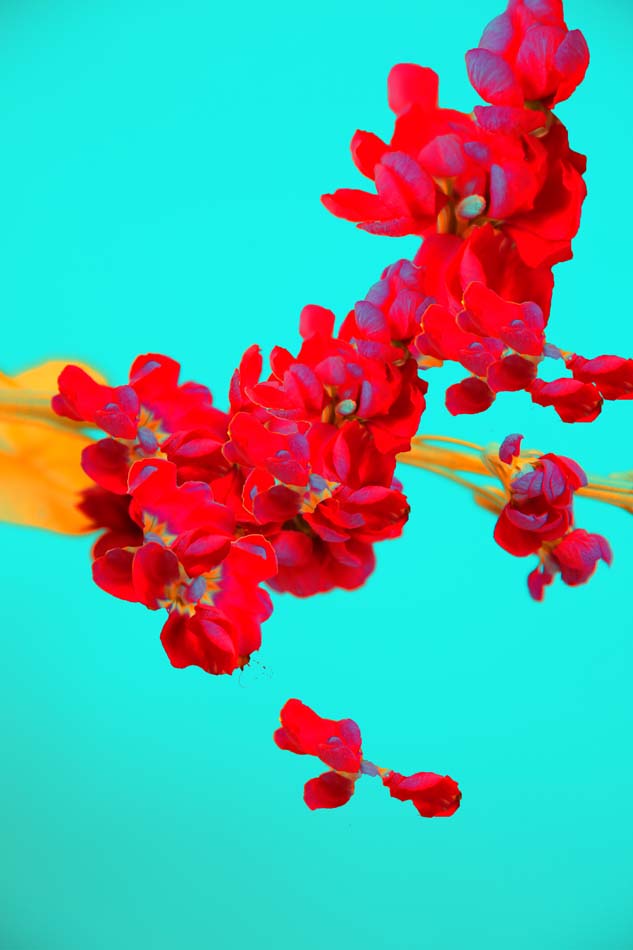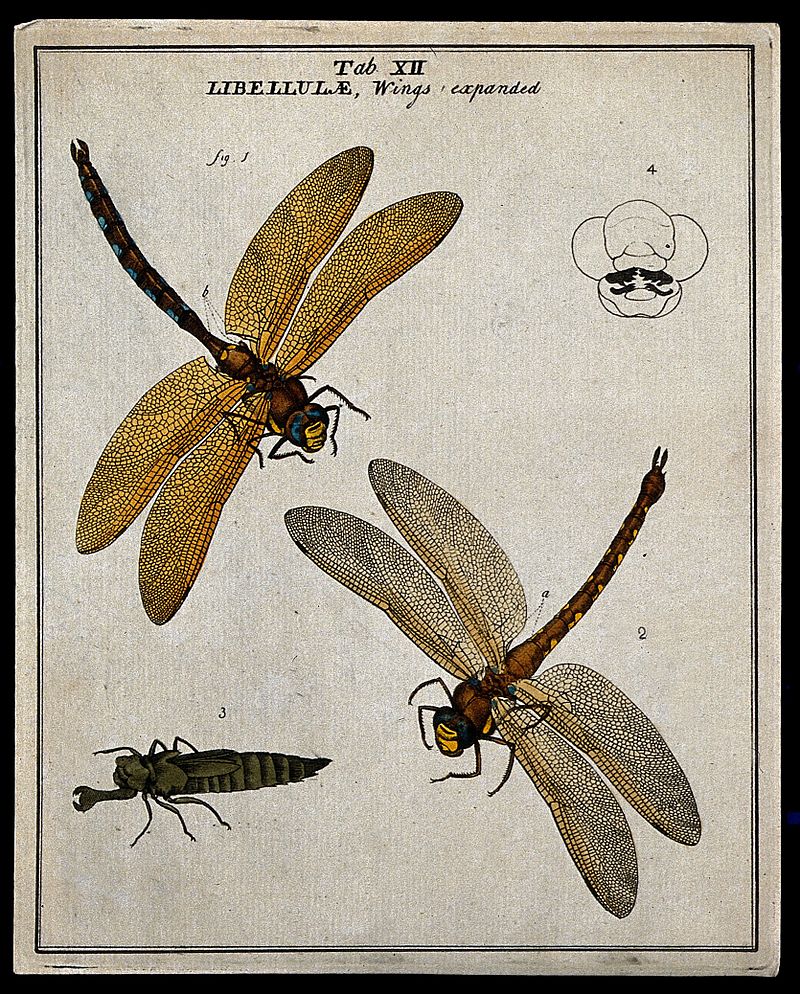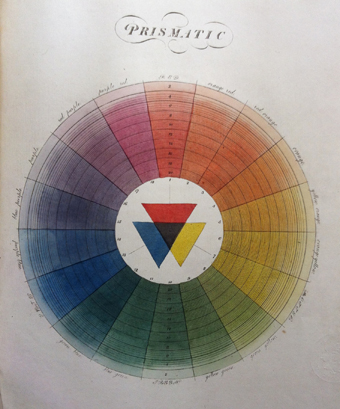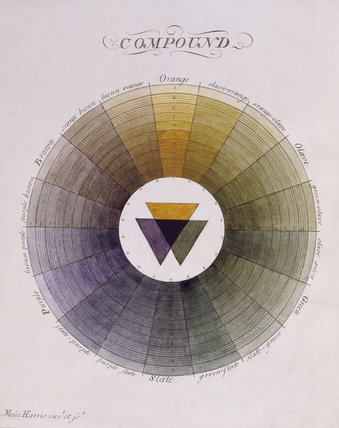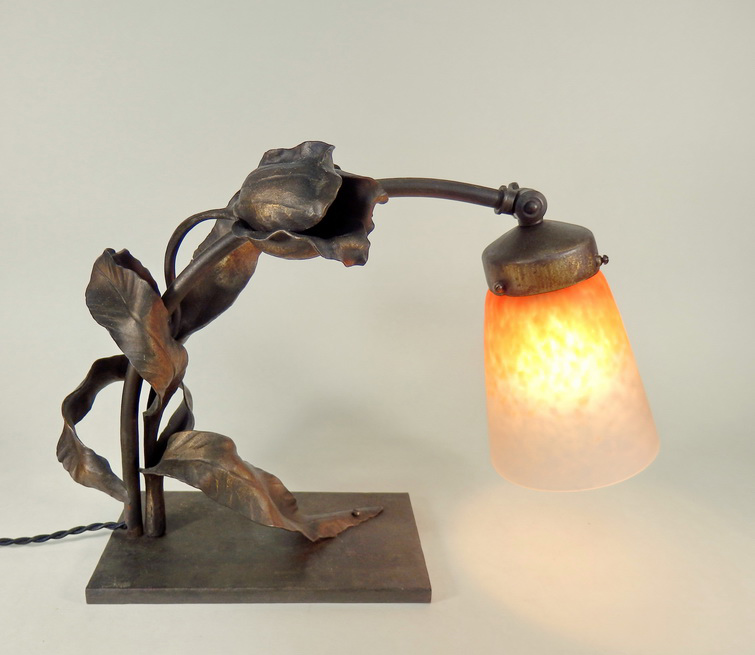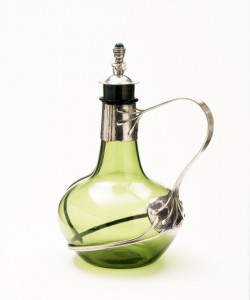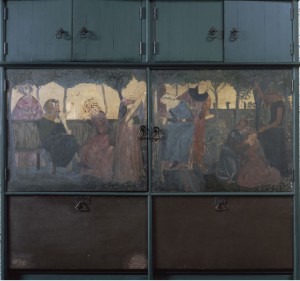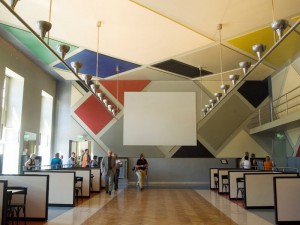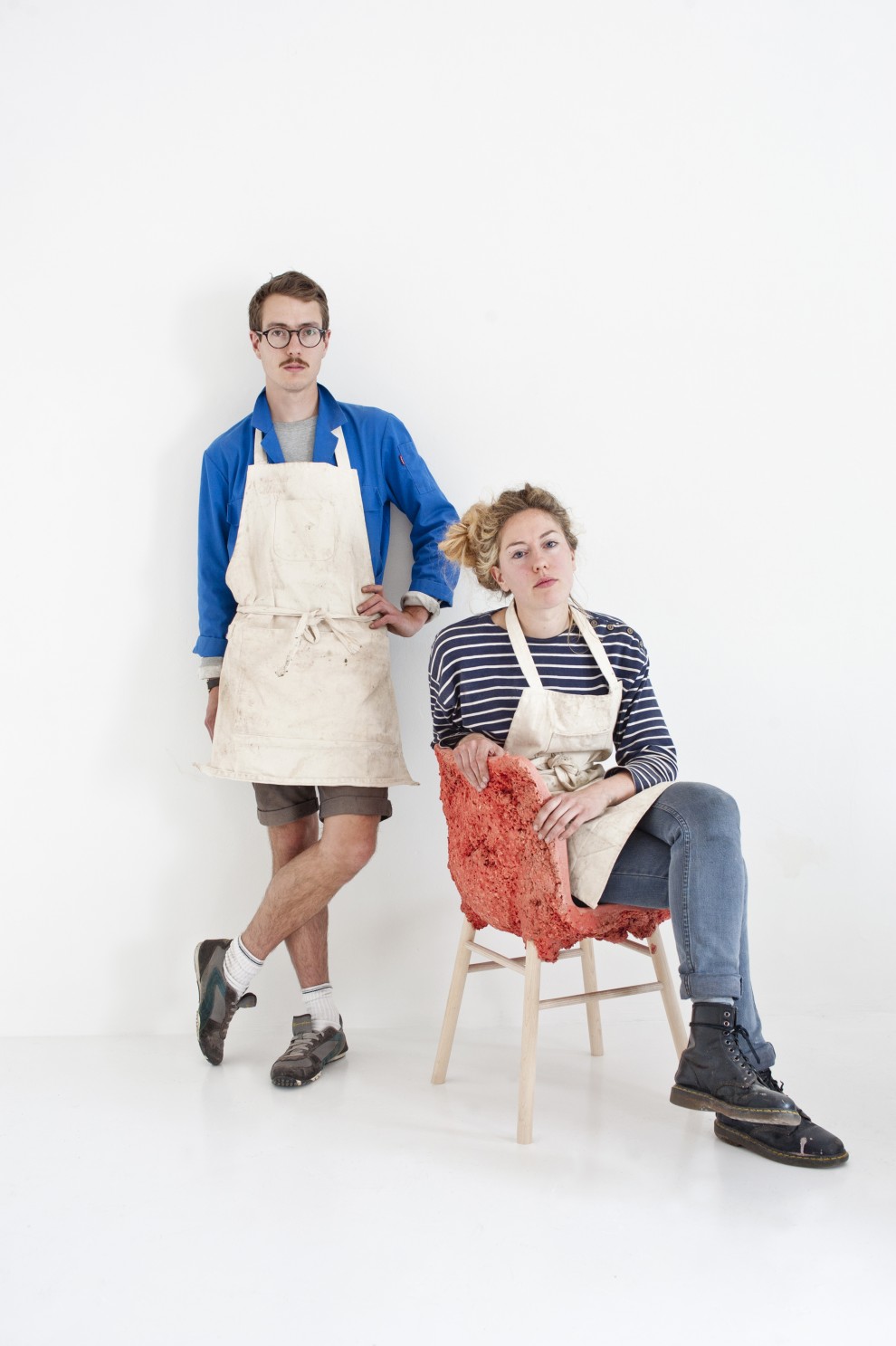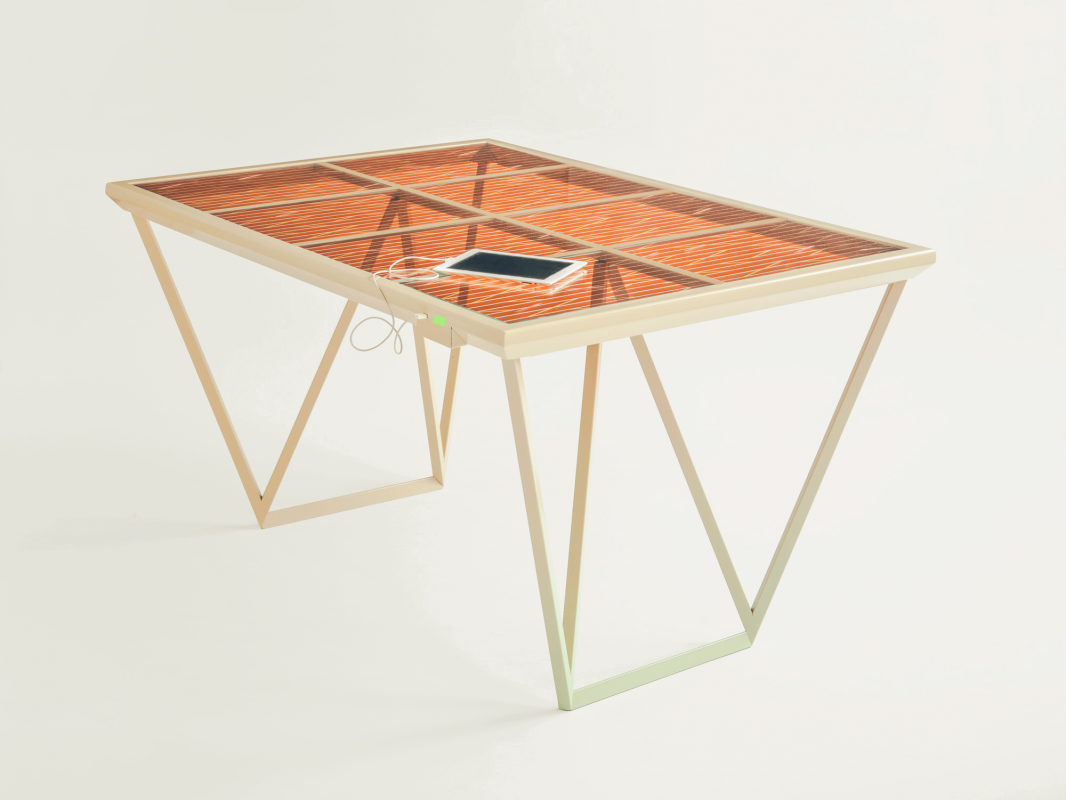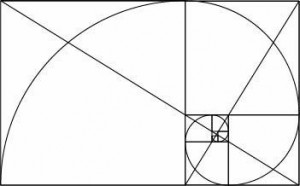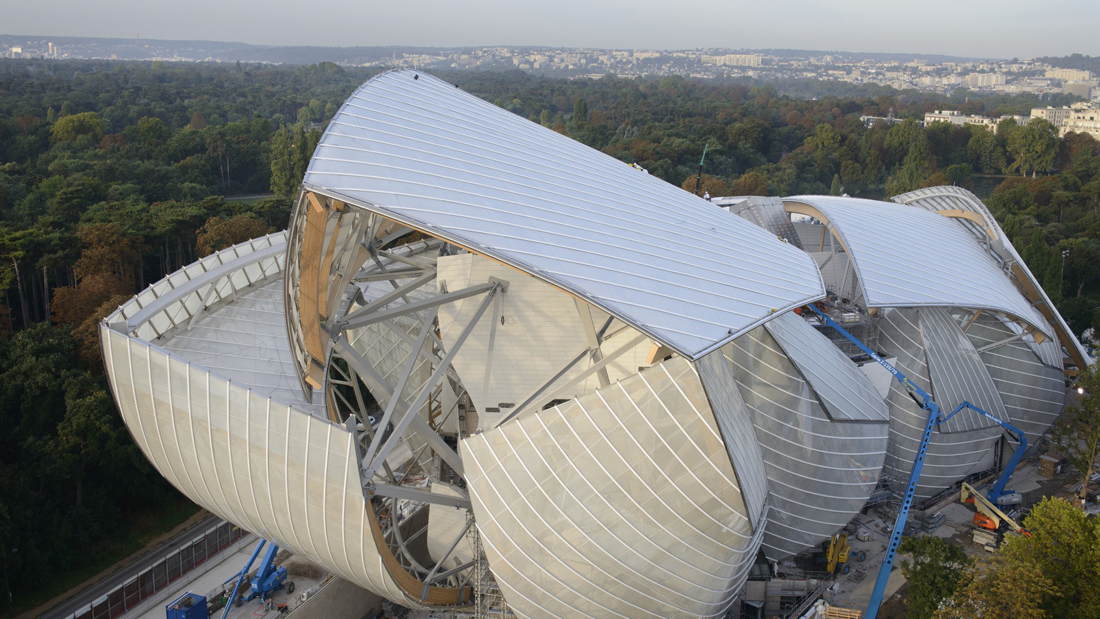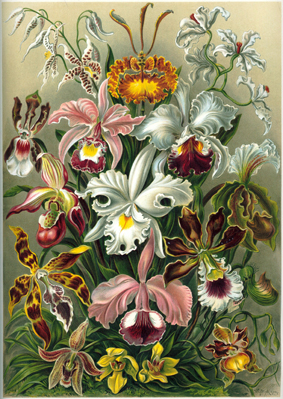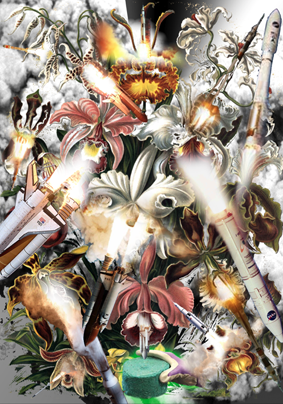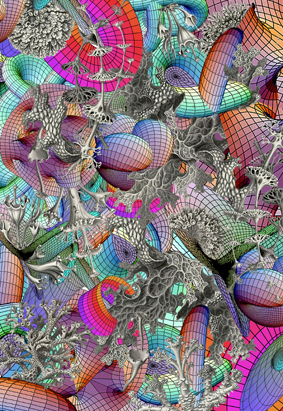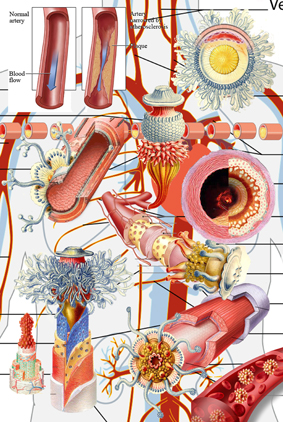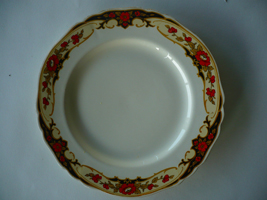I browsed the design blog with a photographer’s eye: I looked through the posts for an internal voice that whispers me to capture this moment and make it mine — creating a folder of inspiration for my future self. I screenshotted words and images that spoke to my heart. I then collected them and zoomed even more inside each screenshot to seek for more visual information. By the end of the day, when my mind was still processing all the information, I understood I wanted to write about this specific screenshot.
I wanted to explore what it feels to be one of these little plants and live among humans. This topic became the focus of my post.
LIVING TOGETHER
Plants talked to humans.
Plants explored the consciousness before us;
The humans.
They breathe, and eat, and act, and love, and laugh in their own ways.
Sometimes they whisper to people passing by; with a voice that sounds like a laughing soul
and sometimes like a wave of freshness.
The moments I am unaware of my body, they act to bring me back.
They are in desperate need of my cooperation.
Roots.
I don’t have roots; I think,
my thoughts do the same thing.
They can be strong thoughts that keep me in a place forever.
A place could be a city, a country, a way of thinking, and much more.
ROOTS THAT KEEP US SAFE
A longing for safety and I can not remember why.
I feel like a tree.
Let my roots grow deep enough to the source and connect; then I will grow.
Opening my leaves and blooming to see the world, but to also move in it.
Trees. Wise, strong and safe.
Am I rooted in this land that I call mine?
A tree. A land. A root. A laugh.
Laughing makes me feel safe, makes me feel rooted, makes me feel like a tree,
but I can also move.
PLANTS AND PEOPLE — PLANTS WITH PEOPLE
There are so many plants I see daily outside; I used to notice only the big and beautiful trees and the blooming flowers. I was unaware of the little grass and the plants that seem to grow by themselves without human interaction. I have seen a lot of people being annoyed by these plants — they take them away, they break their roots, and throw them inside plastic bags. They call this “clear the space”. I saw the government hiring people to clean the streets from these plants. The images of these plants somehow are creating discomfort, they grow fast and they don’t need people to take care of them. This sounds scary for them. I try to understand how it all started and how we normalized it.
CLEARING THE SPACE
A city is not a forest. A city is a place for people, not plants. It is a place that only plants that people like can enter. The lucky ones; the ones made to be with people. The others are hiding in dark corners in the parks, where I have seen them grow up into beautiful green big leaves. They are unique and charming, and they are homes for little creatures that want to live in the cities — close to people that they love.
MAKE THE INVISIBLE, VISIBLE
Have you seen that nowadays people put plants in glasses with water, and they grow, and people can see their beautiful roots?
I wonder if it’s only me who sees the irony.
I hope we see their roots and reflect on them.
I want my roots back and I feel like I am flying.
I love the Earth. It’s okay to feel like you want to be in a different world when you are young.
It is a sign of awareness that grown-ups should remember.
I love the Earth so much.
I want to be like a tree who can be connected all the time with this planet.
But I am lucky to be a human that has roots in her fingers,
and can make stuff, can touch, and move.
MY MIND, EYES AND FEELINGS
I dreamt I was one of these plants.
I saw how it feels.
I can tell you one thing:
they love to laugh.
“Why?” I asked.
They looked at me with wonder.
They didn’t realize I was a human dreaming to be one of them;
I didn’t tell them.
They continued to look at me with wonder — and I got it.
I woke up laughing.
